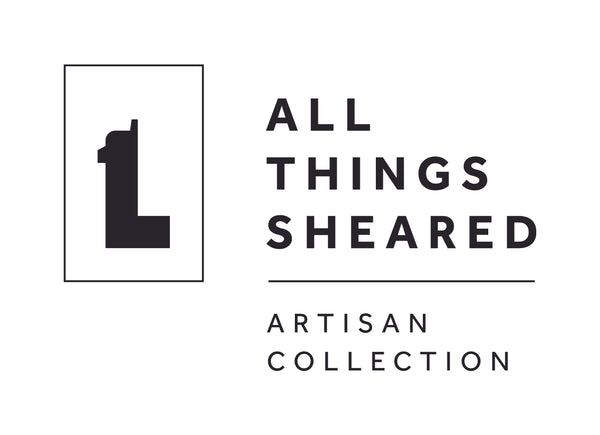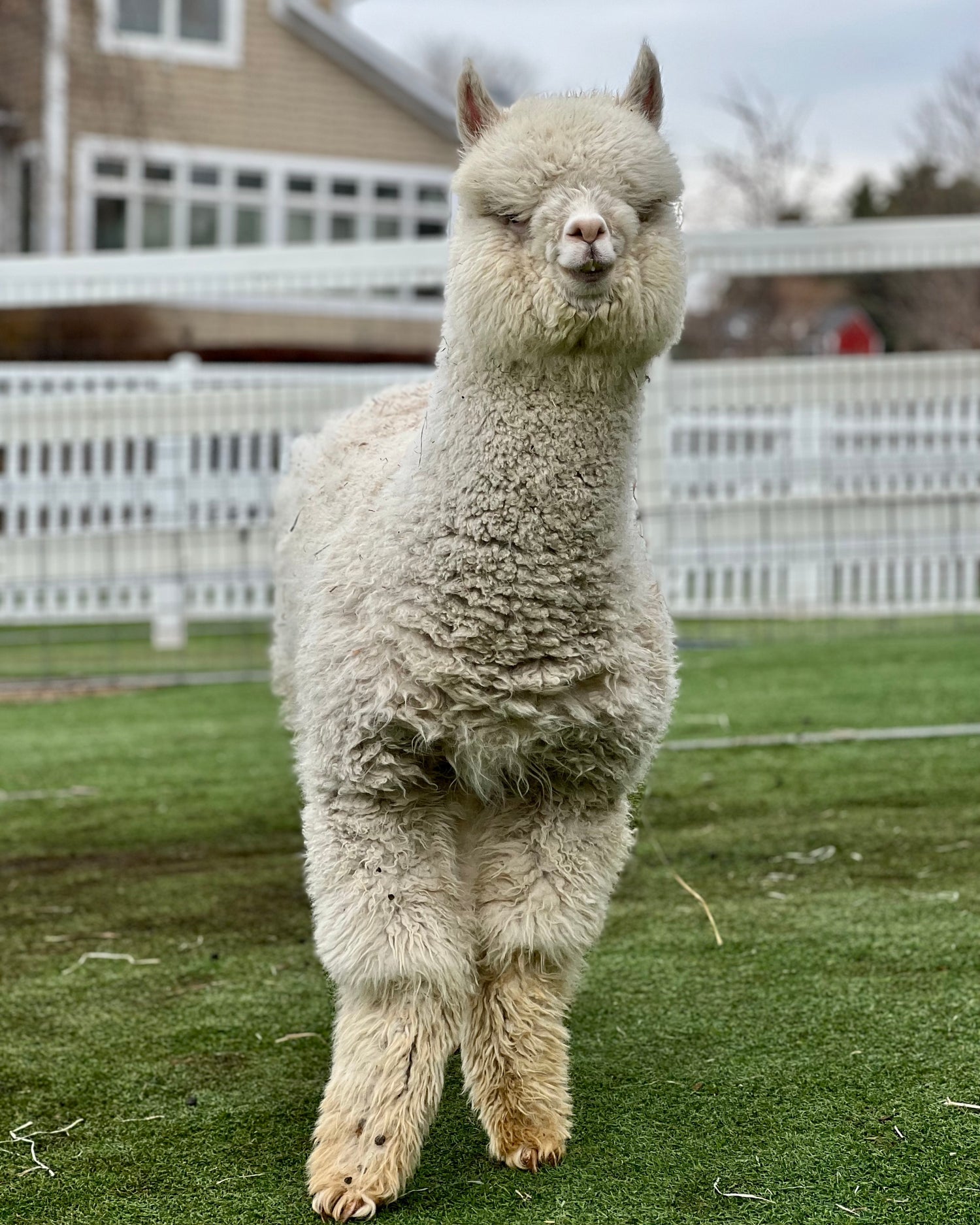
The Thread Of Our Origins
First and foremost, how in the world did we end up in the alpaca business you ask? It was basically love at first sight. Alpacas just have some type of gravitational pull on people; they’re undeniably beautiful animals, especially when they are in their fluffy full fleece. Seeing their beauty was one thing, but then realizing that these creatures are gentle on the land and possess amazing personalities, just made it that much easier to want a herd.
So, we did it. We studied alpacas and dove headfirst into a world of research. We loved visiting many different farms to continue educating ourselves on alpacas. We had to learn it all: what sort of shelter do they need? How do we maintain the well-being of an alpaca? What are their nutrition requirements? And so.much.more. We also quickly realized that their fleece truly has amazing and beneficial qualities.
Warning: if you’re like us, please know that alpacas are addictive!
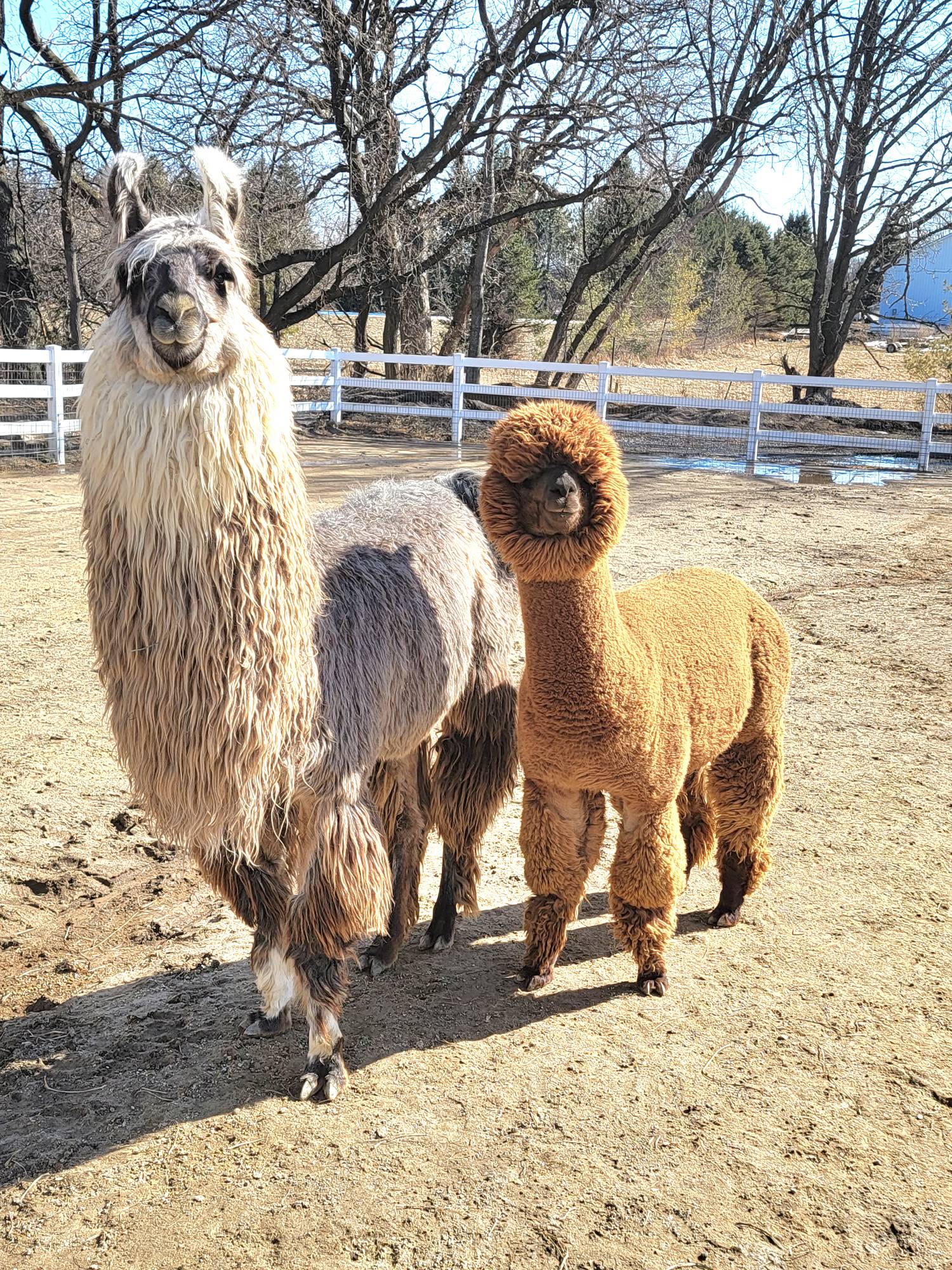
We frequented farms for educational purposes, but somehow we acquired more and more animals. Apparently, you can’t just stop at 1…or 2, or even 3. In a span of 6 months, we went from owning no alpacas to owning almost twenty! Don’t worry, this addiction is quite common when you’re an alpaca farmer.
From here, we realized that the herd we’ve grown needed some more elbow room. So we did what anyone would do–we packed up all of our belongings and moved to new land. In 2019, we moved from Duluth, Minnesota to River Falls, Wisconsin and transformed a horse farm into the perfect new home for our Agritourism farm. We’re always looking to grow and improve, but our vision has remained the same from the very beginning of our alpaca adventure: offer farm tours to educate the public, especially children, about agriculture and alpacas. You never know what little future farmer will fall in love with alpacas like we did.
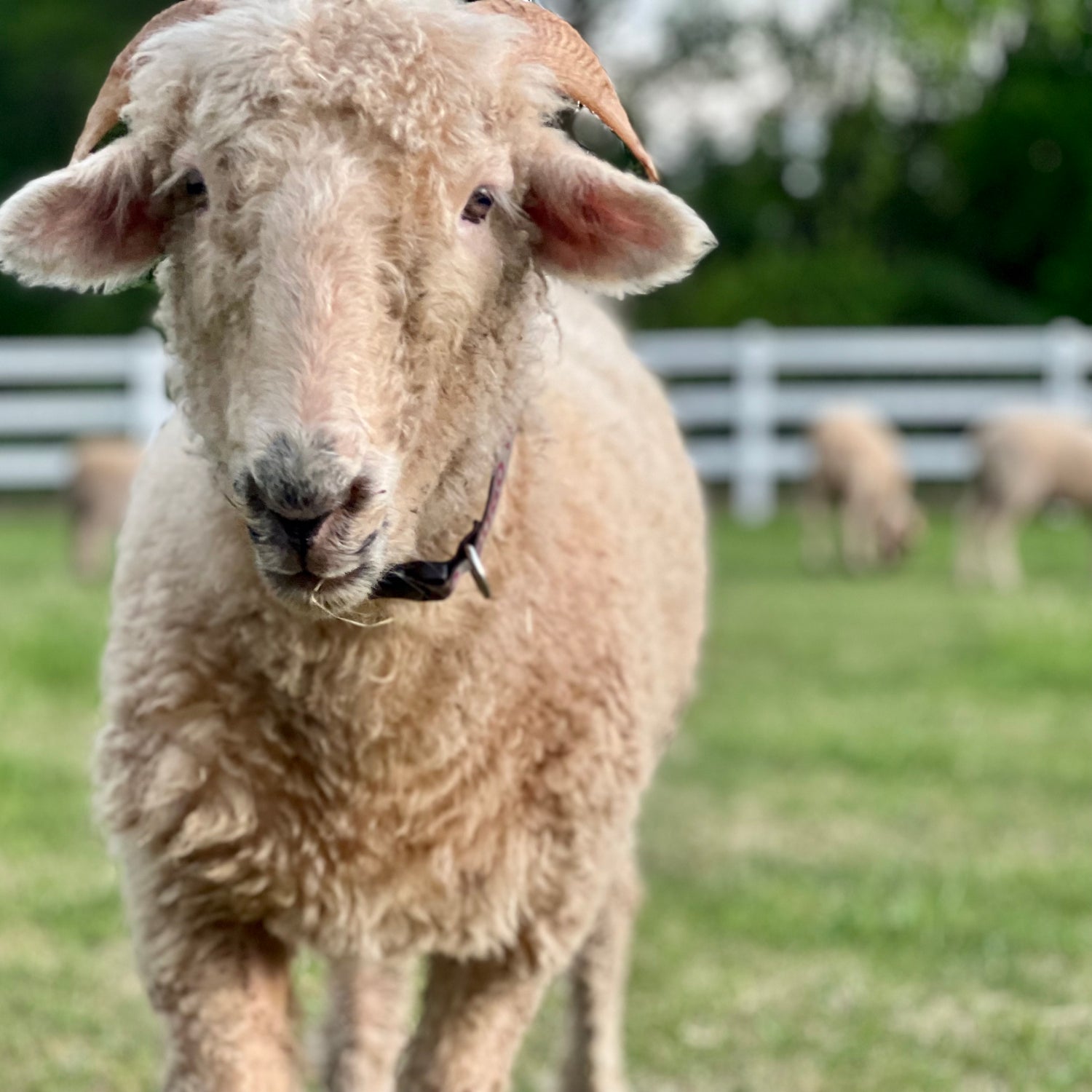
We proudly offer public and private farm tours, summer camps, and alpaca yoga. We always strive to breed and raise the highest quality of alpacas, and also participate in showing our alpacas. The alpacas are judged on their fleece and conformation and we’ve been very lucky in the show ring. Of course, we hope our success continues to soar in the future.
The fun doesn’t stop here though! In addition to alpacas, we also have llamas, Kune Kune pigs, chickens, Valais Blacknose Sheep, English Angora bunnies, and miniature Highland cattle on our farm. We adore all of our animals and pride ourselves on putting the health and safety of our animals at the core of all we do. Our alpaca journey has been a wild ride and we are not hopping off anytime soon. We are excited for what the future holds…and we would imagine it certainly holds a few more animals….
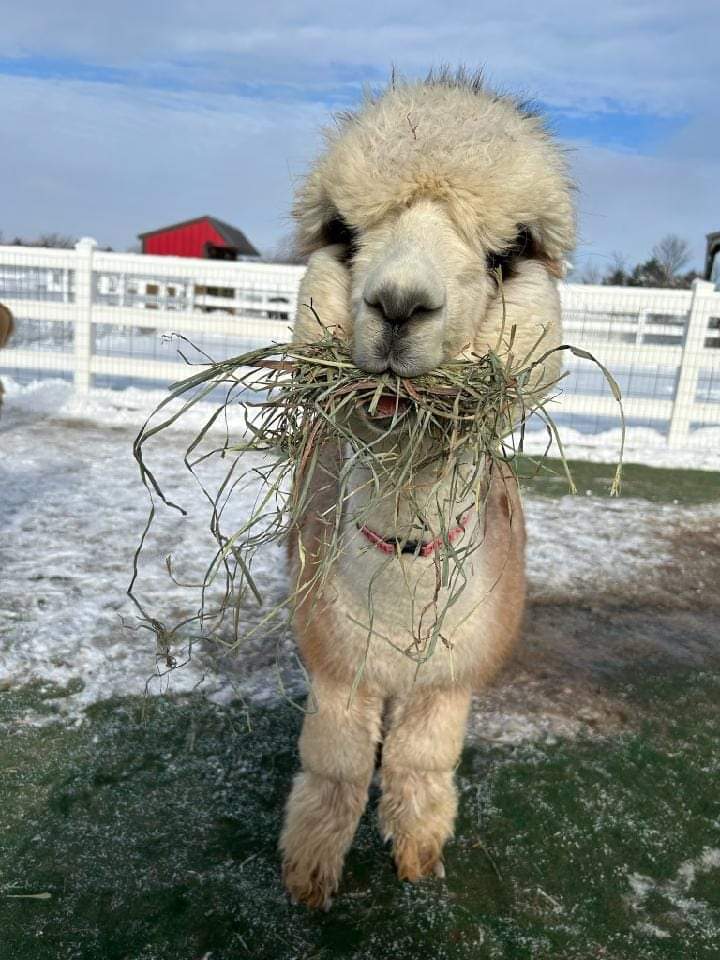
When we first were thinking about getting into the alpaca business, we were most drawn to the animals themselves. Alpacas are just beautiful to look at, especially when they are in their full fleece. They are gentle on the land. They are curious, yet cautious. As we studied more about alpacas, we found that their fleece actually has some amazing properties.
The fleece is the “fur” on alpacas. It grows very fast and very thick. When going to alpaca shows, it is the fleece that is judged the most. The judges look at the length, the crimp (waviness), density, and organization of the fleece while on the alpaca as well as some of its other attributes. Once a year, the fleece is sheared. This usually takes place in May for us. The fleece is extremely hot for the alpacas, especially during the winter, so the alpacas have to have the fleece removed (sheared) in order to stay cool. It would actually be inhumane to not shear an alpaca as they could start to suffer from the effects of heat stress.
After the alpaca fleece is sheared, we send it off to have it processed into roving or yarn. From this, we make scarves, rugs, dryer balls, bird nesting spheres, socks, hats, sweaters, throws, key chains, etc.
There are two different types of alpacas – huacaya and suri. Here at Eagle Eye Farm, we raise huacaya alpacas. These are the big fluffy alpacas. The suri alpacas have fleece similar to our llamas, which is extremely long and not so fluffy.
Alpaca fleece has many beneficial properties, including:
- All natural and renewable
- Multitude of colors, which can be dyed
- Hypo-allergenic because there is no lanolin
- Light-weight
- Soft
- Shiny
- Less irritating than other natural fibers
- Excellent durability
- Half the moisture of wool, so feels better against the skin
- Flame resistant
- Water resistant, so it wicks away perspiration






